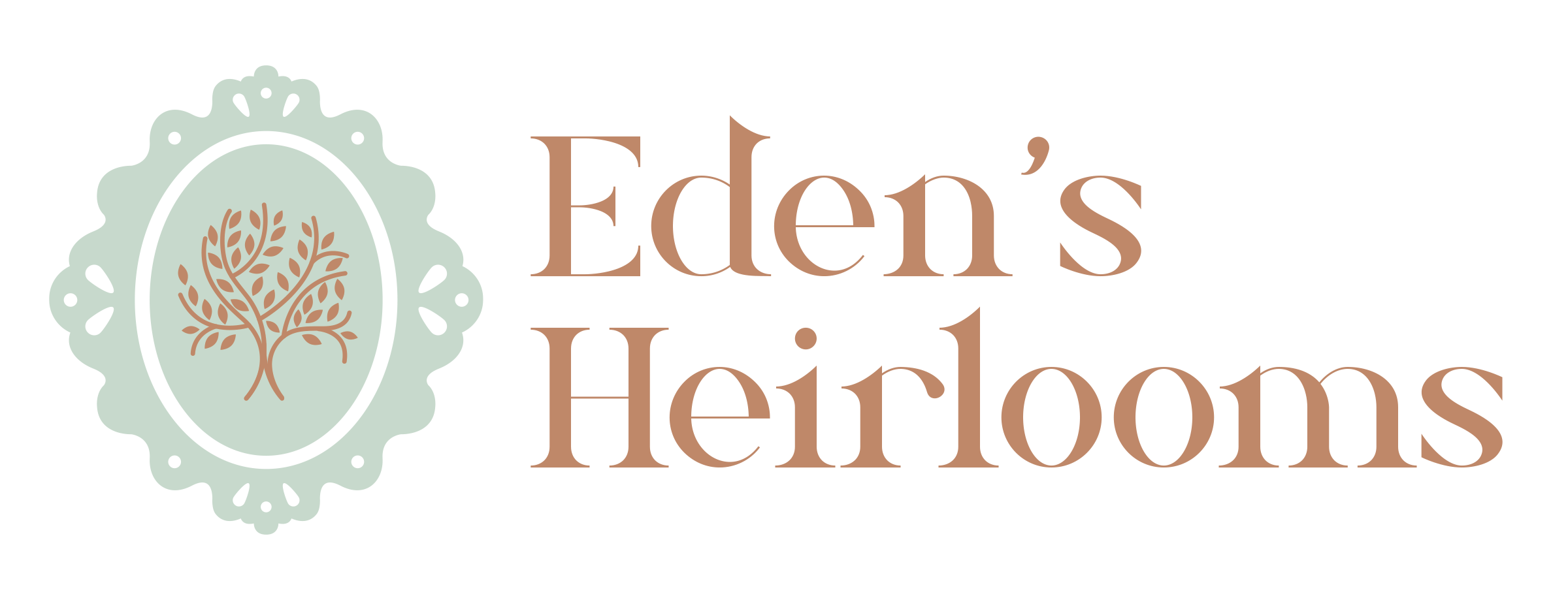A brief history of quilting
Quilting has a rich and diverse history that spans centuries and cultures, with origins dating back to ancient times. Here’s a brief overview of the history of quilting:
- Early Origins: Quilting likely originated in ancient Egypt, China, and the Middle East, where padded garments and textiles were stitched together for warmth and durability. Early examples of quilted textiles have been found in archaeological sites dating back thousands of years.
- Medieval Europe: Quilting gained popularity in medieval Europe, where it was used for both practical and decorative purposes. Quilted garments, bed coverings, and religious textiles were common during this period, with intricate designs and patterns often stitched by hand.
- Colonial America: European settlers, particularly English, Dutch, and German immigrants, brought quilting to North America. Quilts became essential to household linens, providing warmth and comfort in the harsh colonial environment. Quilting bees and communal gatherings were important social events for women in early American communities.
- 19th Century: Many quilting styles and techniques were developed in America during the 19th century. The development of the textile industry and the availability of printed fabric made quilting more accessible to a broader range of people. Quilts became increasingly decorative, with intricate piecing, appliqué, and quilting patterns.
- Civil War Era: The Civil War era marked a significant period in American quilting history. Quilts were often made for soldiers, fundraisers, and patriotic purposes. They were also used as forms of communication, with hidden messages and symbols sewn into their designs.
- Victorian Era: The Victorian era brought a resurgence of interest in quilting as a fashionable and artistic pursuit. Crazy quilts, made from irregularly shaped fabric pieces and embellished with embroidery and embellishments, were particularly popular during this time.
- 20th Century: The 20th century saw continued innovation and experimentation in quilting, with new materials, techniques, and styles emerging. The Arts and Crafts movement, the Great Depression, and World War II influenced quilting trends, leading to quilts reflecting social, economic, and cultural changes.
- Revival and Modern Quilting: In the latter half of the 20th century and into the 21st century, quilting experienced a revival and resurgence of popularity. Modern quilters began to push the boundaries of traditional quilting, experimenting with abstract designs, bold colors, and unconventional materials. Quilting also became recognized as a form of art, with quilts displayed in galleries, museums, and exhibitions worldwide.
Today, quilting continues to thrive as a vibrant and evolving craft, with enthusiasts around the globe celebrating its rich history, traditions, and creative possibilities. At Eden’s Heirlooms, we want to continue the fine art of quilting, creating, and preserving memories through this ancient craft.

